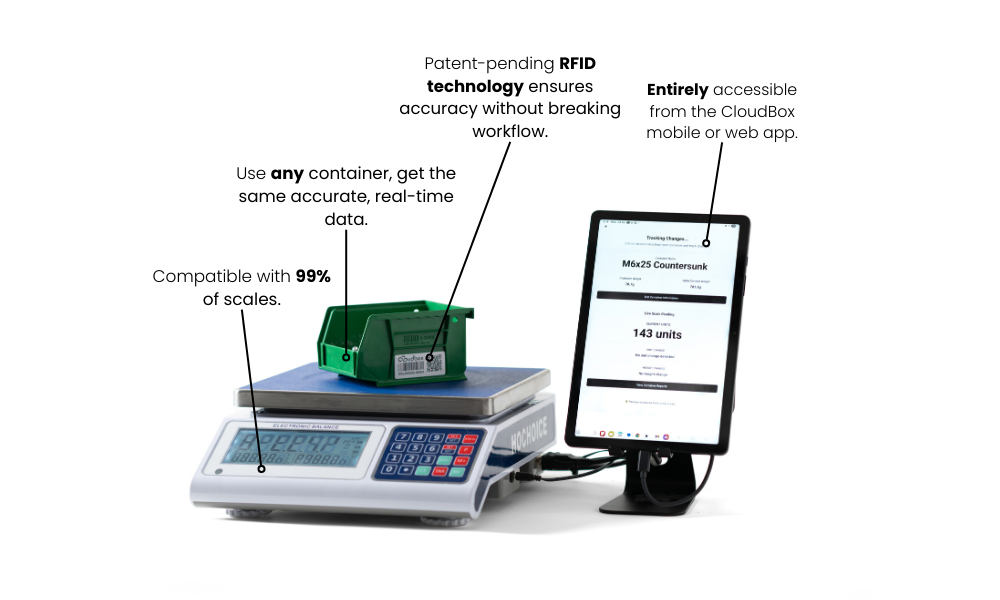.png)
If you are asking yourself how much your inventory audits are really costing you, you are already thinking like a smart operator. While most businesses accept inventory audits as part of the routine, few take the time to examine the real toll they take. The labor, errors, delays, and opportunity costs can add up far faster than you realize.
The Hidden Cost of Labor Hours
Let’s start with the most obvious expense: time. A typical inventory audit might require two employees working several hours each to count products, reconcile mismatches, and update systems. That adds up to hundreds of dollars per week and thousands over the course of a year. Multiply that by multiple shifts or multiple locations, and the labor costs grow rapidly.
Now consider that most of this time does not directly produce value. It is administrative, repetitive, and often handled by your most experienced staff. Every minute they spend hunting down product or resolving errors is time they are not serving customers, training new employees, or improving operations.
Errors Are Expensive
Even more costly than time is the risk of error. Manual audits are prone to miscounts, omissions, and data entry mistakes. These errors can trigger serious consequences, especially in regulated industries like cannabis or pharmaceuticals. Incorrect data can lead to compliance violations, lost inventory, and disrupted supply chains.
Audits are supposed to give you clarity, but when done manually, they often create more confusion. Many businesses run them frequently not because they are required to, but because they do not trust the numbers. This cycle of second guessing only adds more hours and risk to an already costly process.
Lost Momentum and Staff Morale
Frequent audits also carry a softer, but still damaging, cost. They disrupt workflow and slow down the momentum of the business. When staff are constantly pulled from their regular duties to perform audits or fix inconsistencies, it creates frustration. That leads to burnout, poor morale, and inefficiencies across the team.
If audits are causing operational drag, it might be time to ask whether your tools are helping or holding you back. A good system should support your people, not force them to work around it.
Audits as a Symptom, Not a Solution
A high audit frequency often signals a deeper problem. It means you are using audits to uncover issues rather than to confirm accuracy. That distinction matters. The former is reactive and wasteful. The latter is proactive and efficient. Reducing the need for audits does not mean sacrificing accountability. It means having better data from the start.
Why Real-Time Inventory Tracking Changes Everything
Imagine a system where your inventory levels are updated the moment products are moved, sold, or restocked. A system that gives you accurate, verifiable data at all times, without needing to pause operations. Real-time inventory tracking allows you to move from reactive auditing to confident oversight.
You can still conduct audits when needed, but they become fast, accurate, and far less disruptive. That clarity leads to better decisions, smoother operations, and greater trust between departments.
The Bottom Line
Inventory audits are essential, but they should not be a burden. If your current process is time-consuming, error-prone, or morale-draining, it is not serving your business. Every hour spent second-guessing your numbers is an hour not spent growing your business.
Smart inventory tools like CloudBox provide real-time tracking that eliminates the need for constant manual checks. That means fewer audits, less stress, and better data from day one. The question is no longer if you can afford to automate your audits, but how much longer you can afford not to.
.avif)






.png)
.png)




